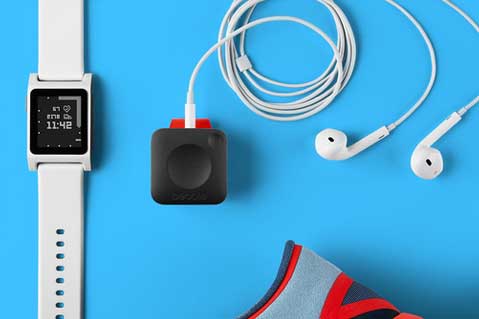Strategy December 14, 2016
Fitbit Purchases Smartwatch Maker Pebble
Fitbit has purchased floundering smartwatch maker Pebble for less than $40 million, according to news reports. With the purchase, Fitbit was able to hire key employees from Pebble, but declined to take on Pebble’s hardware or debts. Pebble announced in an email that it was “no longer able to operate as an independent entity” and had “made the tough decision to shut down the company and no longer manufacture Pebble devices.”

The acquisition highlights the findings in a recent report from market intelligence firm International Data Corp. (IDC), which noted a steep drop in the smartwatch market this quarter. Basic wearables, which includes fitness bands, however, saw double-digit growth, according to IDC, helping to boost the overall wearable tech market by 3.1% year over year for the third quarter of 2016. “It’s still early days, but we’re already seeing a notable shift in the market,” said Jitesh Ubrani, senior research analyst for IDC. “Where smartwatches were once expected to take the lead, basic wearables now reign supreme.”
Of course, that doesn’t mean smartwatches are dead. Analysts see Fitbit’s acquisition of Pebble as a bid to be more competitive with Apple and its Apple Watch. Fitbit CEO James Park said in a release that the purchase was “an opportunity to build on our strengths and extend our leadership in the wearables category.” Park told The Verge that he believes the smartwatch category has future potential with a “different approach.” He added: “I draw an analogy with our own history at Fitbit. The closest device you could draw a comparison to [when we started] was a pedometer. And we came up with a radical new concept around activity trackers and really transformed that market, and grew it into something of a size that people couldn’t imagine.”
Though Fitbit has not confirmed plans to make a bigger push into smartwatches, Park has said the company plans to expand into “new form factors” in 2017.
